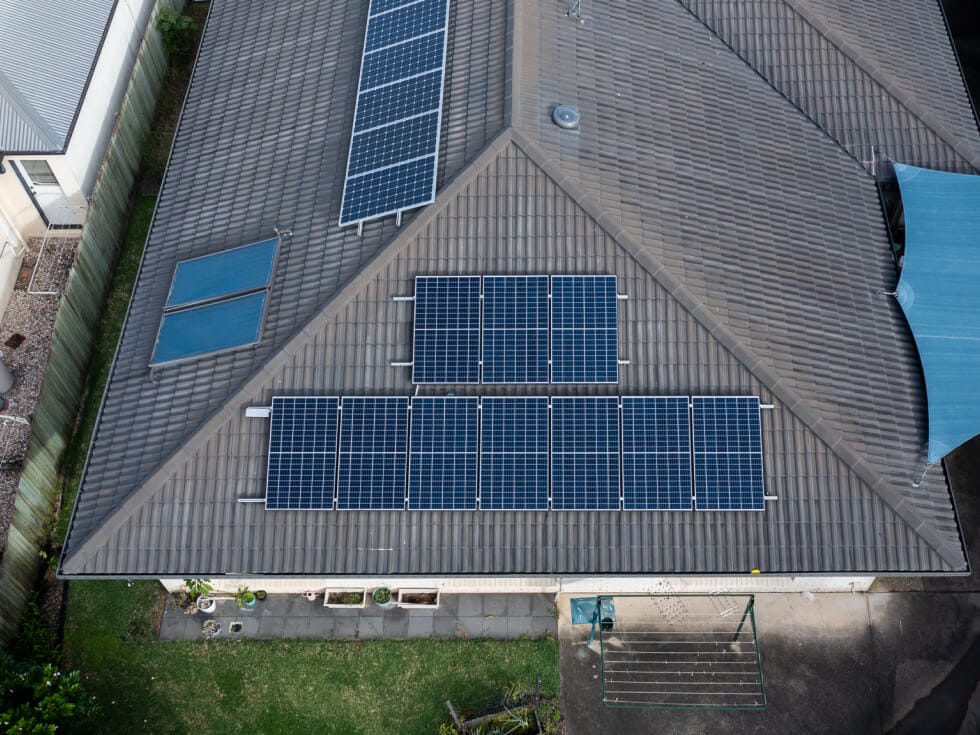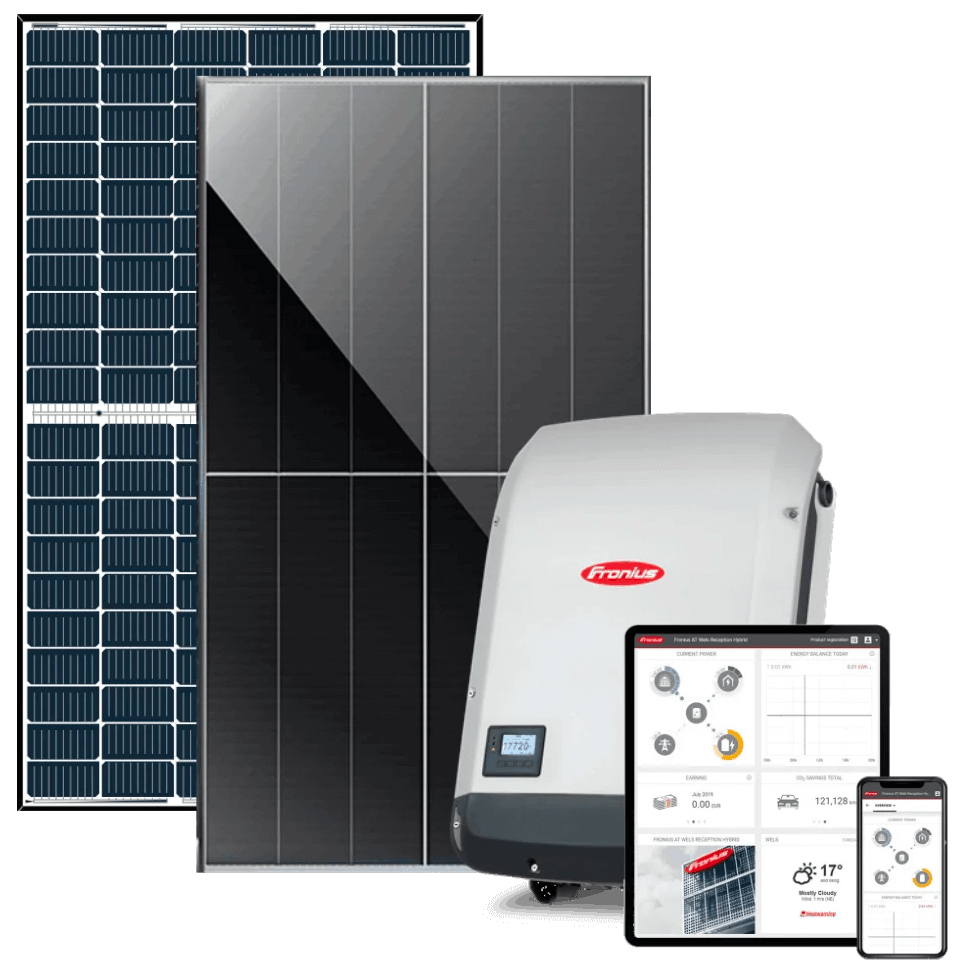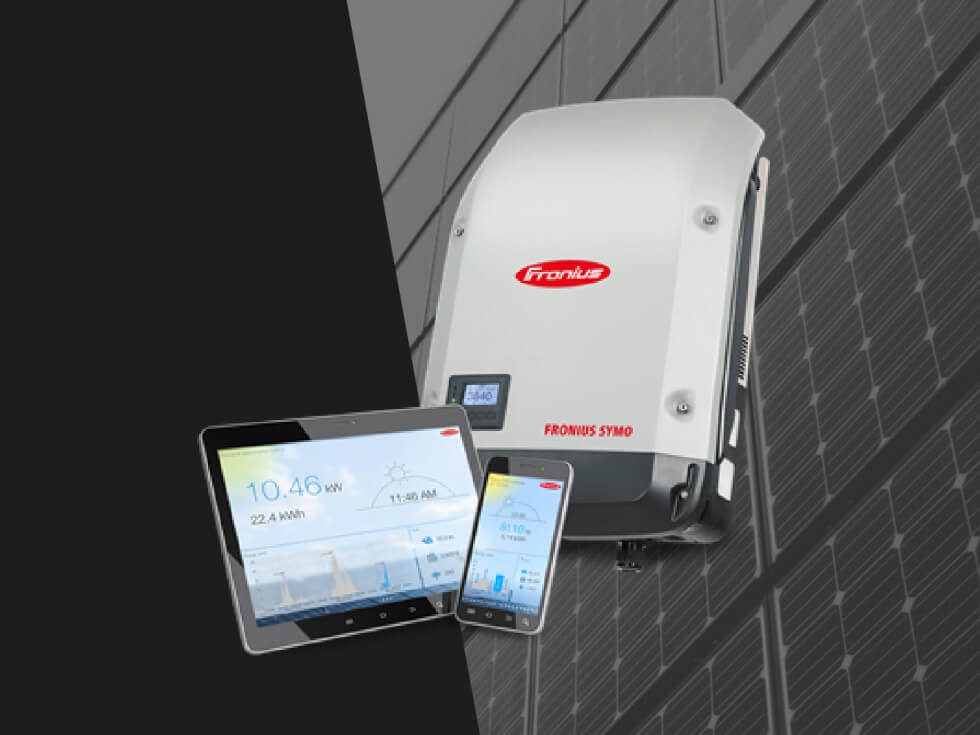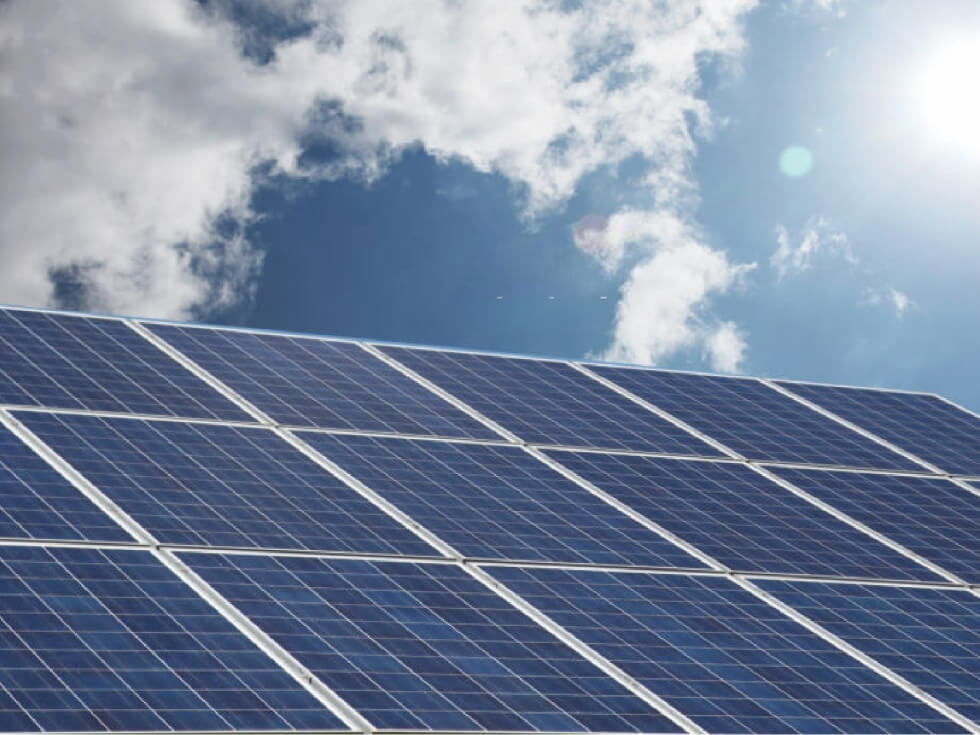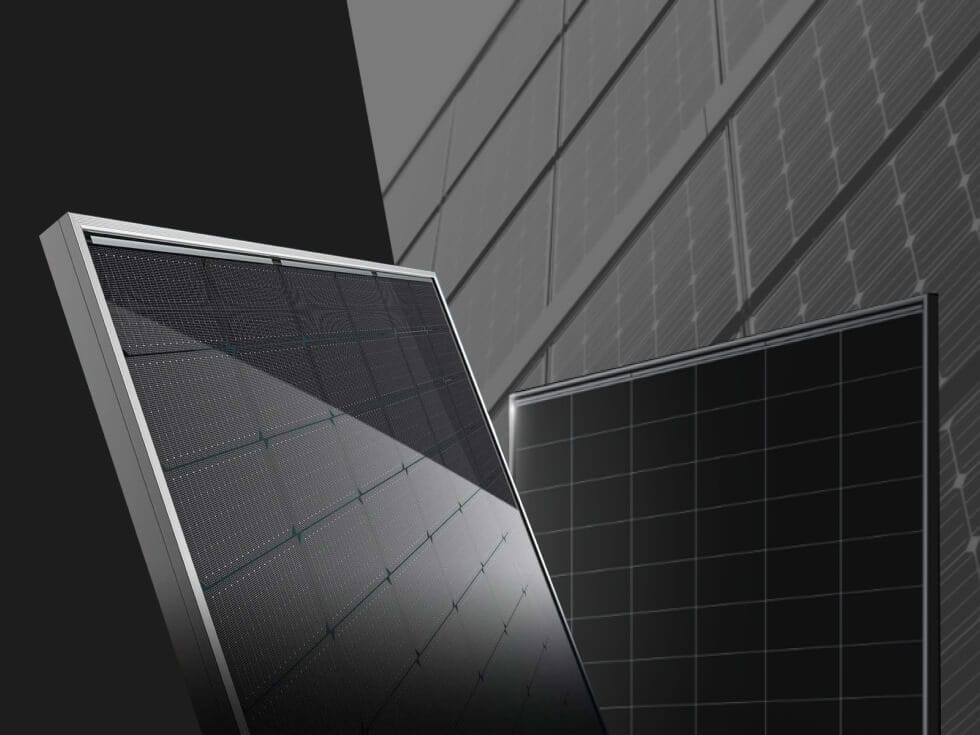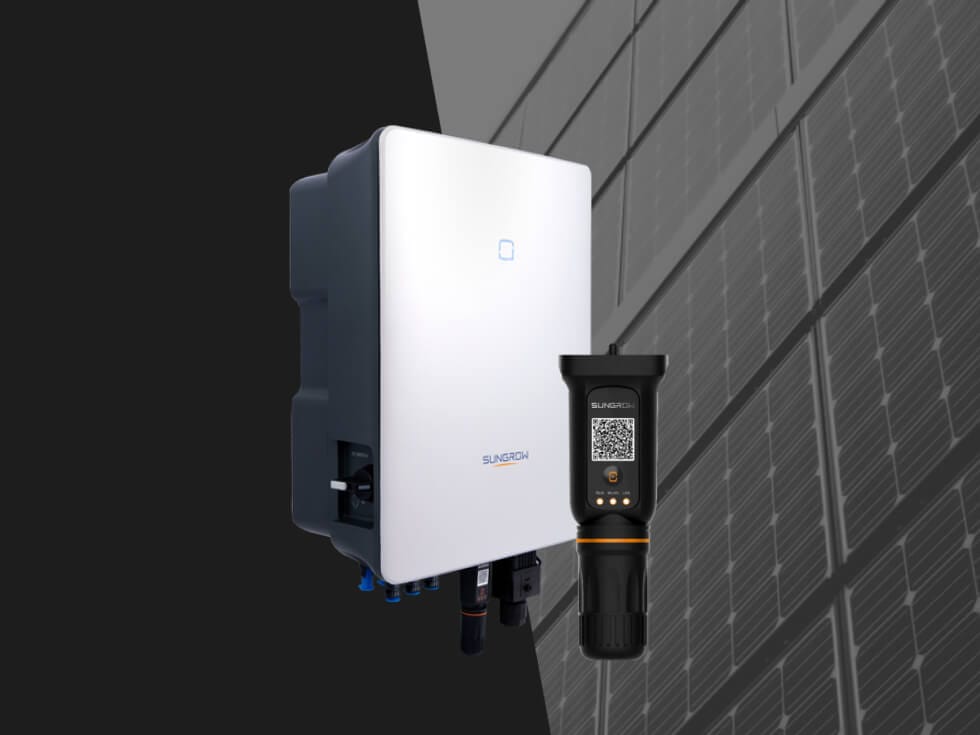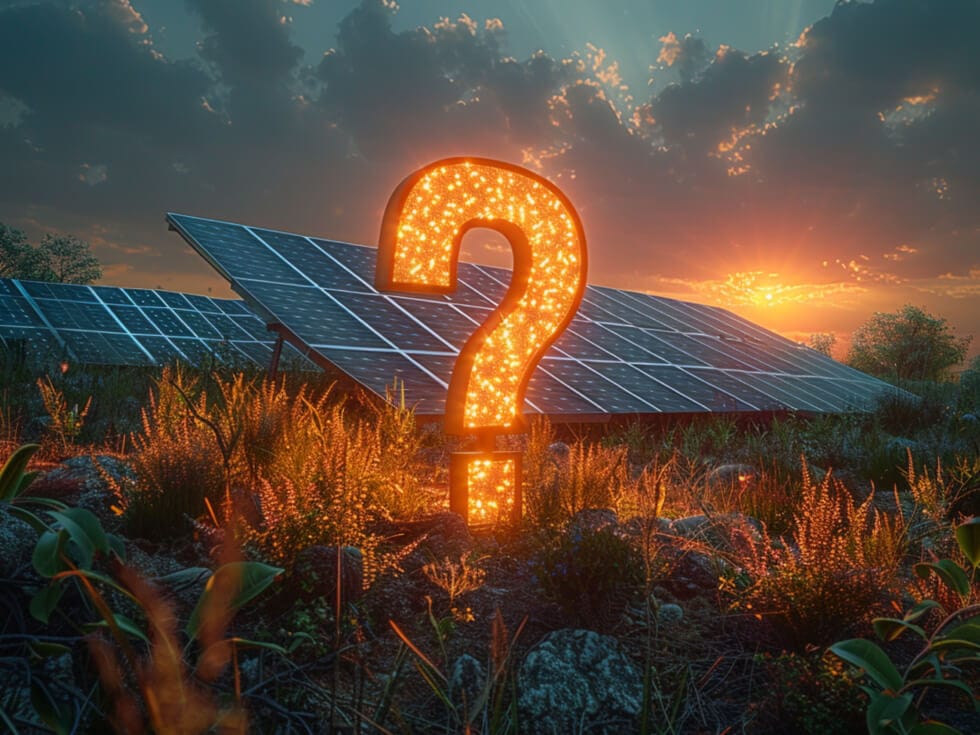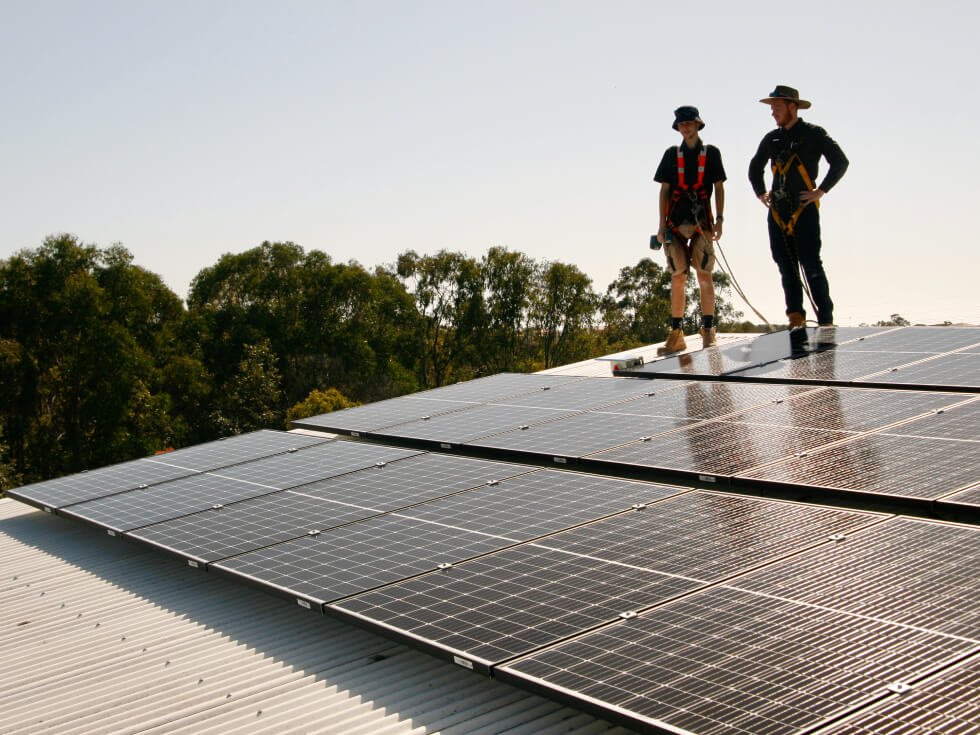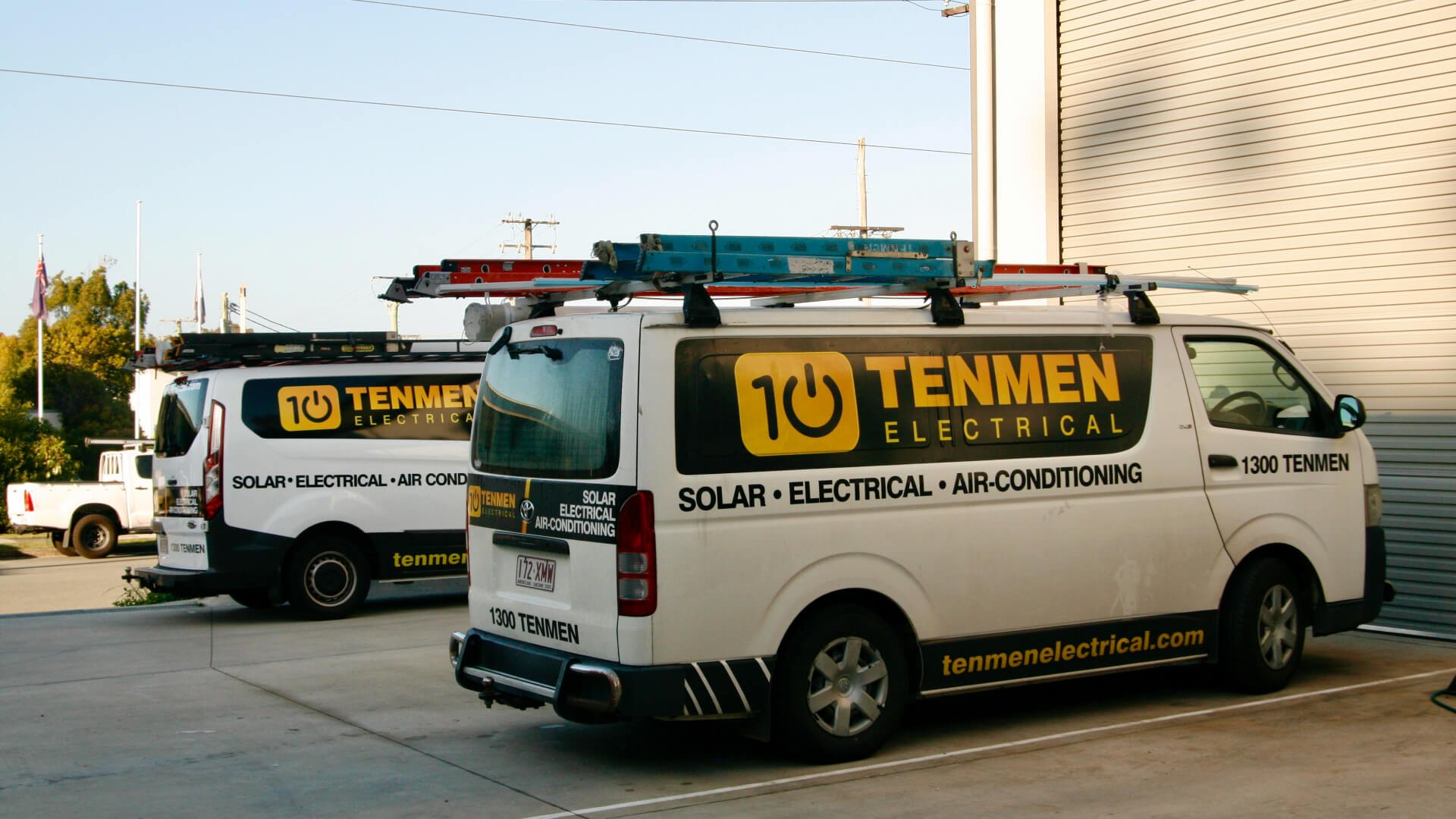We’ve seen a boom in solar panel installations across Australia. But before you jump on the solar bandwagon, it’s crucial to check if your roof is up to the task.
Factors like size, position, and condition play a big role in determining roof suitability for solar panels. Even the trees around your house and nearby buildings can impact your solar potential.
Did you know that solar panel systems can last up to 35 years? That’s why it’s important to ensure your roof is in top shape before installation. Ideally, your roof should have at least 25 years of life left to avoid costly repairs down the track.
Roof orientation is another key factor. In Australia, north-facing roofs are the solar superstar, but don’t fret if yours isn’t. Northeast and northwest-facing panels can still be viable options for harnessing the sun’s power.
Key Takeaways
- Roof condition, size, and orientation affect solar suitability
- Solar systems can last up to 35 years
- North-facing roofs are ideal, but other orientations can work
- Roofs should have at least 25 years of life left for optimal installation
- Professional roof inspections can help determine suitability
Is My Roof Suitable for Solar Panels: Key Requirements
Structural Integrity Check
A structural assessment is the first step in determining if your roof can handle solar panels. The additional weight of panels requires a sturdy foundation. Most Australian homes have roofs capable of supporting solar installations, but it’s wise to have a professional evaluate your roof’s strength.
Age and Condition Assessment
The roof condition plays a vital role in solar panel installation. Older roofs may need repairs or replacement before adding panels. A thorough inspection can reveal issues like loose tiles or worn metal sheets that could compromise the system’s integrity.
Available Space Analysis
Solar panel sizing depends on available roof space. A typical 5kW system needs about 25-35 m² of unobstructed area. We also have to consider factors like chimneys, skylights, and antennas when planning panel layout.
Optimal Roof Orientation for Solar Panel Installation
North-Facing Benefits
A north-facing roof is ideal for solar panels in Australia. These panels receive the most sunlight throughout the day, maximising electricity generation. In most parts of the country, north-facing panels produce at least 99% of their maximum possible output.
East and West-Facing Performance
East-west orientation for solar panels is also a viable option. East-facing panels generate more energy in the morning, while west-facing ones produce more in the afternoon. Both directions typically generate about 15% less electricity overall compared to north-facing panels.
South-Facing Limitations
South-facing panels are the least efficient in Australia. They produce up to 30% less energy than north-facing ones in the South. The loss is less severe in northern regions, with Townsville experiencing only a 15% reduction and Darwin about 17%.
| Panel Direction | Energy Output Compared to North-Facing |
|---|---|
| North | 100% |
| North-West | 95% |
| East/West | 85% |
| South (Sydney) | 70% |
| South (Townsville) | 85% |
| South (Darwin) | 83% |
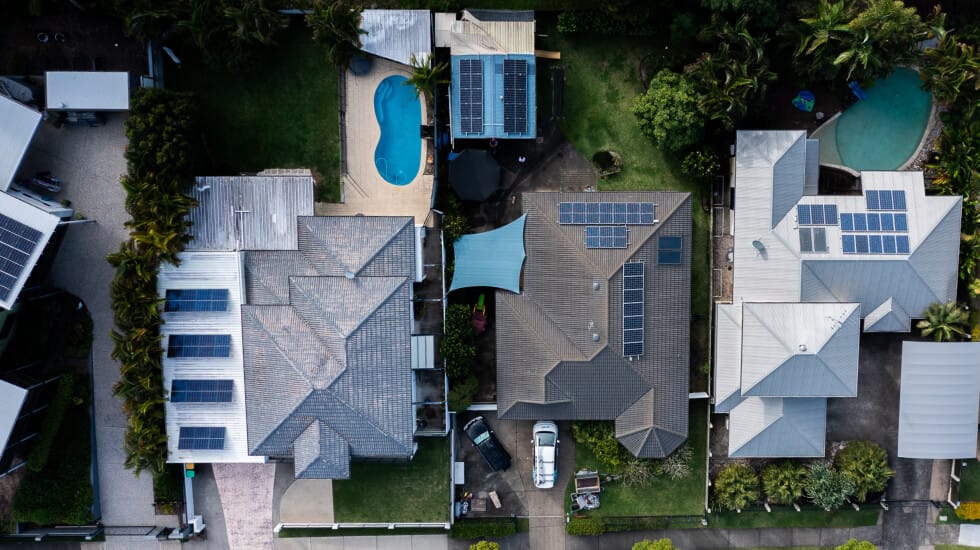
Roof Pitch and Solar Efficiency
Roof angle plays a crucial role in maximising solar panel efficiency. In Australia, common roof pitches for homes are 15° or 22.5°. We find that a roof pitch of around 30 degrees is often considered optimal for solar panel installations, aligning closely with the ideal angle of 32°.
The impact of roof pitch on energy production is significant. Solar panels laid flat can experience a power hit of 4% compared to being at the ideal angle. For roofs with a pitch 15° lower than optimal, the power generation loss is about 2%. To address this, tilt frames are advisable for flat roofs, preventing water pooling and ensuring self-cleaning.
Solar panel tilt should ideally match the latitude of your property’s location. For major Australian cities, the recommended panel angle ranges from 27° in Brisbane to 43° in Hobart. Panels positioned within 10°-15° of the latitude angle only lose between 1-1.5% of maximum solar output.
| Roof Type | Solar Efficiency | Recommended Action |
|---|---|---|
| Flat (0°) | 82-96% (varies by city) | Install tilt frames (minimum 10°) |
| Low Pitch (15°) | ~98% | Consider slight angle adjustment |
| Optimal (30°) | 100% | No adjustment needed |
Remember, professional assessment is crucial to evaluate your roof’s suitability for solar panel installation, ensuring optimal energy production and system longevity.
Roof Types and Solar Compatibility
Hip Roof Installation
Hip roofs are common in Australia, offering flexibility for solar panel mounting. These roofs typically have two or more sloping sides that meet at the top. With multiple surfaces, hip roofs allow for varied panel placement, maximising sun exposure throughout the day.
Skillion Roof Solutions
Skillion roofs, characterised by a single sloping surface, are gaining popularity in modern Australian architecture. Their design provides excellent sun exposure, making them ideal for solar panel installation. The steep angle of skillion roofs can boost solar efficiency, especially in areas with less direct sunlight.
Flat Roof Considerations
Flat roofs present unique challenges for solar panel mounting. While they offer ample space, they require tilt frames to achieve optimal angles for sunlight capture. This setup ensures proper drainage and prevents water pooling, which is crucial for system longevity.
| Roof Type | Solar Compatibility | Key Considerations |
|---|---|---|
| Hip Roof | High | Multiple surface options, flexible placement |
| Skillion Roof | Excellent | Steep angle, maximised sun exposure |
| Flat Roof | Good | Requires tilt frames, drainage solutions |
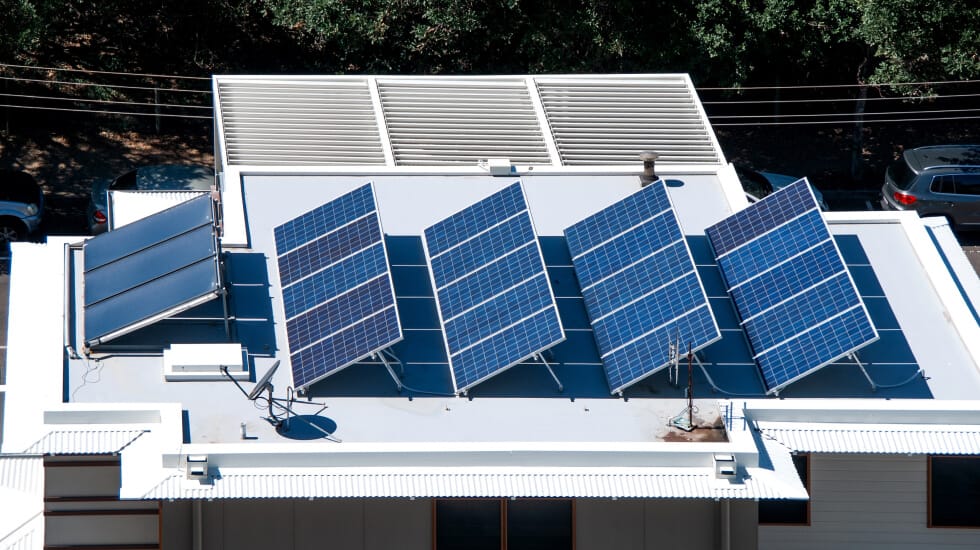
Impact of Shading on Solar Panel Performance
Solar panel shading can significantly reduce energy output. Even partial shading, which is more common than complete coverage, can have a substantial impact on electricity generation. We’ve seen that shading on just one panel in a string can slash the output of the entire array significantly.
Tree Coverage Assessment
Tree coverage is a major concern for solar panel efficiency. However, regular maintenance, like trimming trees and cleaning fallen tree leaves off your solar panels, is a simple solution to address this issue. In Australia, where over 160,000 households have adopted solar systems since 2008, managing tree growth is essential for maximising energy production.
Building Obstruction Analysis
Building obstructions like chimneys or neighbouring structures can cast shadows on solar panels. These obstacles can cause a significant drop in energy production, even with minor shading. Repositioning panels to avoid shaded areas is often an effective solution to boost energy output.
Seasonal Shade Variations
Seasonal changes affect solar panel shading patterns. To address this, technologies like microinverters and power optimisers allow each panel to operate independently. While these solutions tend to be pricier, they effectively mitigate shading impacts throughout the year, ensuring consistent performance of your solar system over its 25+ year lifespan.
| Shading Type | Impact on Solar Panels | Mitigation Strategy |
|---|---|---|
| Tree Coverage | Reduced energy output | Regular tree trimming |
| Building Obstructions | Significant drop in production | Panel repositioning |
| Seasonal Variations | Inconsistent performance | Microinverters/power optimisers |
Roofing Materials and Solar Panel Mounting
Different roofing types require specific installation techniques to ensure a secure and efficient setup. We’ll explore the most common roof materials and their impact on solar panel installations.
Tile Roof Installation
Tile roofs, including slate, clay, and concrete, present unique challenges for solar panel mounting. The installation process often involves removing and replacing some tiles to secure the mounting brackets. This method ensures a watertight seal and proper load distribution across the roof structure.
Metal Roof Solutions
Metal roofs are ideal for solar panel installations. The mounting process is straightforward, with panels attached directly to the seams without the need for drilling. This method preserves the roof’s integrity while providing a stable foundation for the solar array.
Composite Material Considerations
Composite roofs, such as asphalt shingles, allow for direct drilling of panel mounts. This installation process is relatively simple but requires careful attention to maintain the roof’s waterproof properties. Special flashing and sealants are used to prevent water ingress at mounting points.
| Roof Material | Installation Complexity | Cost Factor | Durability |
|---|---|---|---|
| Tile | High | $$$ | 100+ years |
| Metal | Low | $ | 40-75+ years |
| Composite | Medium | $$ | 12-30 years |
Understanding your roof material is essential for planning a successful solar panel installation. Each type requires specific mounting solutions to ensure longevity and performance of both the roof and solar system.
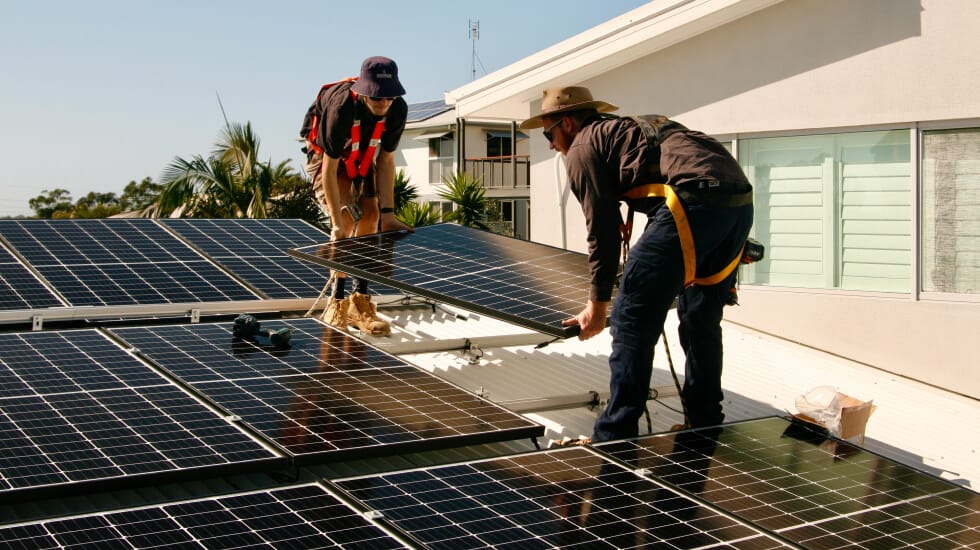
Space Requirements and Panel Layout Planning
Planning your roof space for solar panels is key to meeting your energy needs. A large, unobstructed roof area gives you more options for panel layout. We’ll help you understand how much space you’ll need for your solar system.
The number of panels you require depends on your energy consumption and available roof space. For example, a 5kW system needs about 15 panels and 28 square metres of roof area. If you’re looking at a larger 6.6kW system, you’ll need around 20 panels covering 38 square metres.
When planning your panel layout, think about future energy needs. It’s wise to leave some extra roof space for potential system expansion. Also, consider the orientation of your roof. North-facing panels get the most sun exposure, making them ideal for maximising energy production.
| System Size | Number of Panels | Roof Space Required |
|---|---|---|
| 3kW | 9 | 17 m² |
| 5kW | 15 | 28 m² |
| 6.6kW | 20 | 38 m² |
| 10kW | 30 | 55 m² |
In Closing
Ensuring your roof’s suitability for solar panel installation is key to achieving optimal energy production and long-term efficiency. As you can see, many factors play an important role in determining the feasibility and effectiveness of a solar system on your property.
For peace of mind and expert guidance, consider a professional roof assessment to make the most of your solar investment. Ready to get started? Call our team at Tenmen, your trusted Sunshine Coast solar experts, for a comprehensive roof and solar suitability assessment today!

